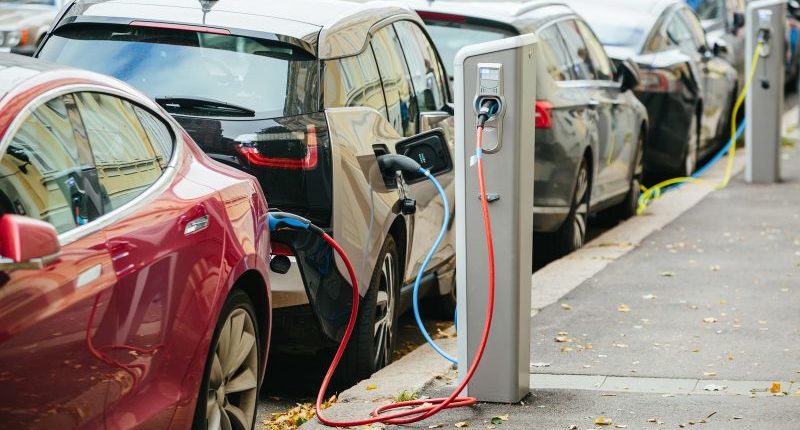While the Centre and states are at loggerheads over the inclusion of motor fuels and electricity under GST, the NITI Aayog has a proposal that can bring an end to this tussle. Recently, there were discussions among the NITI Aayog, economists, and experts from these industries where these proposals came up.
The NITI Aayog has devised a strategy under which both motor fuels and electricity can be covered under GST. They have proposed that the Central Government compensate the respective states for any potential losses up to six years for bringing electricity under GST.
All states can get a 50% share of the GST collected on petrol and diesel. The states can enjoy a higher devolution if the proposal is accepted since the Centre’s 50% revenue from the fuels will form part of the divisible pool, which is currently below 6%. The current tax structure needs the Centre and states to collect taxes on the two motor fuels in a 6:4 ratio.
Petrol, diesel, and electricity are currently being taxed for their supply by the respective states. Hence, many states expressed their displeasure about moving these items to GST. Few of the states claim that GST has not yielded the revenue productivity earlier promised. Further, they are not satisfied with the compensation system and measures for states’ revenue loss. If energy is brought under GST, it may see resistance by a few states, as they fear that it will result in a further dilution of their fiscal autonomy.
Due to these, the states are also demanding an extension in the period of compensation cess beyond June 2022. The GST Council will soon physically meet by the first week of September 2021 to finalise this matter.
On the other hand, the Centre may not be buying the think-tank’s formula, resulting in a considerable revenue loss during the beginning of such a change in the tax structure. The Centre expects tax revenue from petrol and diesel of Rs.4 lakh crore in the second half of FY 2021-22 as against the budgeted Rs.3.1 lakh crore. The same was at Rs.3.35 lakh crore for the first half, where states made a collection of Rs.2.03 lakh crore.
It would also be difficult for the GST Council to go for a revenue-neutral GST rate on these items. The Revenue Neutral Rate (RNR) is also very high due to the high rates of excise duty levy on these items.
However, the NITI Aayog further stated that the Centre must adopt an ideal compensation offer to negotiate for states to accept the proposal. The Centre will have to forgo a massive revenue in excise duties compared to the states. It can push the states to agree to the recommendation of bringing fuel and electricity under GST.
According to the NITI Aayog, the Centre may agree to keep petrol and diesel at the highest tax rate of 28%. Moreover, it could levy a cess of 50% or more to compensate states for including the electricity under GST and partly covering losses of bringing fuels under GST. The compensation rate of 50% may be brought down by 20% every year on account of losses on electricity duty. Further, the Centre can appropriate a higher amount of cess proceeds to the affected states.
The diesel’s RNR computed for both the Centre and states is 247%, inclusive of the input tax credit, with FY 2018-19 as the base year. The tax rate on diesel without the input tax credit is 90% in the same year. However, it is more than this rate at present due to the significant jump in excise duties after that financial year.
The electricity’s RNR is 16.6%, with FY 2018-19 as the base year. 7.5% is the average tax rate on electricity, with the duty varying between 0 and 25% among various states. It could lead to an annual loss of up to Rs.20,873 crore to states if an 18% GST is levied on electricity. The Centre’s compensation cess levy and distribution can help the states to gain a net Rs.19,206 crore or more in six years.
GST caters to a seamless flow of input tax credit resulting in a rise in the industry’s post-tax profitability. Further, there can be significant incremental growth in the government’s direct tax receipts too. Except for the revenue loss during the initial few years, the consumers are likely to benefit from the GST levy on fuel and electricity in the future.
For any clarifications/feedback on the topic, please contact the writer at annapoorna.m@cleartax.in
Annapoorna, popularly known as Anna, is an aspiring Chartered Accountant with a flair for GST. She spends most of her day Singing hymns to the tune of jee-es-tee! Well, not most of her day, just now and then.





